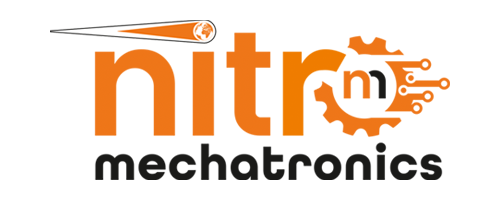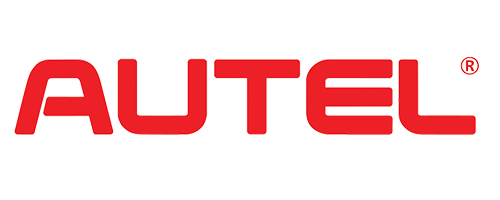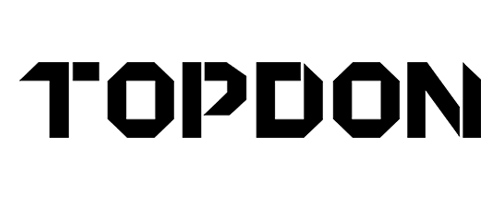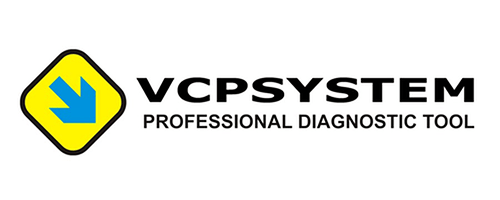Camshaft Position Sensor
Although the camshaft sensor is used in the automotive industry under different names such as camshaft position sensor, Hall sensor, cylinder reference detection sensor, and phase sensor, it functionally works the same.
Although the camshaft position sensor is found in almost all of today's engineered vehicles, its main function is to determine the current position of the camshaft, collect data such as RPM and rotation information, and transmit it to the ECU (Electronic Control Unit).
So why is this important to us, what does the ECU do with this information?
The camshaft acts as a sort of brain of the engine. Although it is a mechanical part, it does the job of transmitting motion to many parts.
Perhaps the most important of these parts are the valves.
There are two types of valves in our engine. These are the intake and exhaust valves. These valves, located on the cylinder head at the top of the engine, receive their commands entirely from the camshaft.
Since it transmits motion, this shaft must have some area where it receives motion, right?
The timing belt (camshaft) or chain takes care of that. While belts are used in some types of engines, chains are used in other types of engines.
The tasks of both are the same, there is no difference. One of these tasks is to move the camshaft.
This, of course, involves moving it in a certain way. The camshaft sensor also determines the motion transmission angle by taking into account various parameters such as the stroke intensity of the pistons and the position of the shaft.
All the information it gathers is analyzed by the ECU and the operation is done through it.
Although this important part does not fail very easily, sometimes the camshaft sensor may fail. Let us further explain what we can do in such cases, the symptoms or how to replace it.
Symptoms of a malfunction of the camshaft sensor
When the sensor fails, various reactions may occur, which we may associate with both ignition and engine performance. Let us now look at them point by point.
Engine shuddering and stalling: a vehicle with a malfunctioning camshaft sensor may experience shuddering while driving, slow or no response when accelerating, or even stalling of your vehicle due to irregularities in ignition.
Since the location cannot be clearly communicated to the ECU, many different problems can be caused by the ignition system.
This includes the possibility that you may not be able to start the vehicle at all.
Your vehicle may stall in one gear:
This problem is always associated with the transmission, but it does not have to be. In fact, with a vehicle that has a faulty camshaft position sensor and is stuck, the vehicle thinks it is moving at a constant speed because the ECU does not provide information access.
Even if you step on the accelerator and want to shift into a higher gear, this information is not transmitted to the ECU and your vehicle continues to move in a fixed gear.
Your check engine light is coming on: This is a critical fault. After a malfunction of the camshaft position sensor, your engine trouble light will definitely come on.
The most important point to note here is that you should not think that the camshaft position sensor is faulty every time the engine trouble light comes on.
The engine trouble light can also come on due to other problems. The best way to detect this is through the OBD device. After the light comes on, the clip device is connected to the OBD input and the trouble codes are observed.
If you encounter one or more of the error codes P0340 - P0341 - P0342 - P0343 - P0344, you may be experiencing a camshaft sensor malfunction.
Due to its location, it is located directly above the engine and near the belt set on many engine types.
For this reason, we recommend a physical inspection before doing anything if the malfunction occurs.
It is possible that the connecting cables and the input sockets of the sensor are oxidized, corroded or broken.
In such a case, you have the option of fixing the fault quite easily. If there is no negative situation during installation, the only alternative is to replace the sensor.
Is it expensive? How much does it cost; how does it change? We will address this question in the last part of our content.
Replace camshaft position sensor
Place your vehicle on a flat, suitable surface: before the procedure, set up a level and quiet work area.
Curious looks and questions that disrupt your concentration will cause you to be distracted and unable to work properly.
We turn off the power: This is not only true for this job, but also for all work on the car. First and foremost, we need to take safety measures.
For this reason, we will disconnect the connection cable of the battery that performs the electrical task on the vehicle. You only need to unscrew the negative terminal from there.
We are going to remove our sensor: the location of the sensor is different on all vehicles. We have described its location in our content.
After we have clearly determined the position of the sensor, we start the process. Before we touch the sensor, we need to disconnect it from the connecting cables and sockets around it.
The socket is already nailed on. It can be detached by pushing and pulling it with your fingernail. Be careful not to break the socket when you try to disassemble it.
If it does not come off after pulling gently, do not use force. This means that you have not applied enough force to your nail.
Therefore, concentrate a little on the nail and then pull it out. Once you have disconnected the cable, you can remove the camshaft sensor mounting screw.
Usually screws with a diameter of 8 or 10 mm are used here. Unscrew the screw well.
Then, with the help of back-and-forth movements, bend the sensor slightly and it will come out.
Let us install our new camshaft position sensor: Now that we have removed the old sensor, we can install the new one.
Before we install the new one, let us give a little advice. Apply very light engine oil to the area where it connects to the engine.
It will not harm the camshaft position sensor, on the contrary, it will allow you to install it easily.
Once we have the camshaft sensor in place, we reinstall the bolt that we removed. Be careful when tightening it, do not say if I tighten it too much it will be tight.
You can lick it, then you may have to mess with the lathe.
Once we have the bolt in, we assemble the interconnecting cables and sockets nicely. When the process is complete, reinstall the negative battery terminal that we removed at the beginning. Now your new sensor is ready to go!























